Modern Lebanon at 100
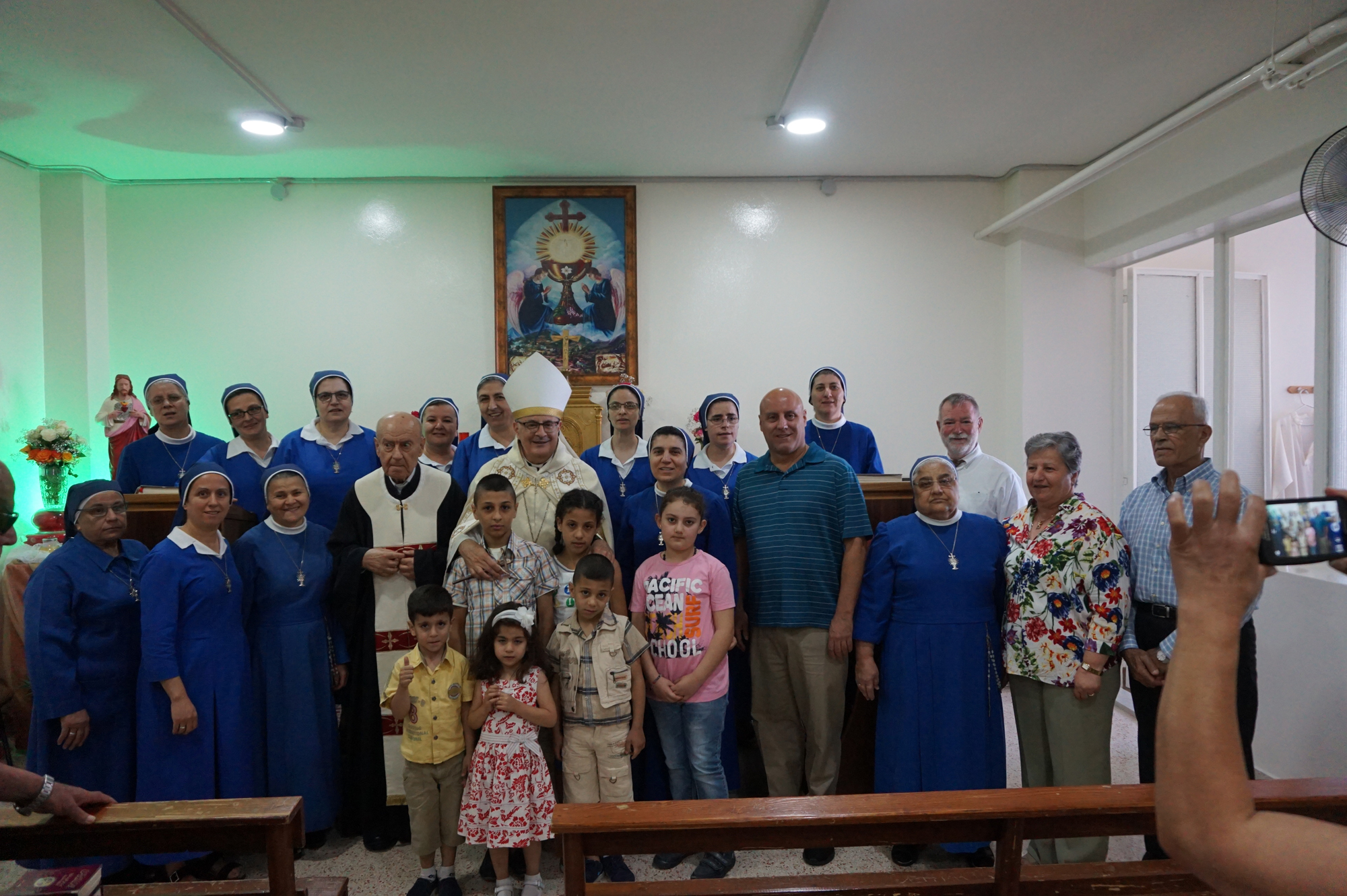
By Bishop Gregory John Mansour
The Maronite Patriarch Elias Peter Hoyek, the Father of Modern Day Lebanon, has moved one step closer to sainthood. On July 5, 2019 Pope Francis declared him Venerable, affirming his heroic virtues. By extension, if he is close to sainthood, then Lebanon, his great love, takes one more step forward as the blessed country of saints. And by saints, I mean those recognized by the Church for their heroic sanctity, as well as those who work each day in holiness and love, and often go unnoticed.
During my recent trip to Lebanon, I spent some time with Caritas Lebanon, Catholic Relief Services, some communities of sisters, and a variety of Catholic institutions working to serve the poor. What amazing work the Church provides for the Lebanese poor: hospitals, drug rehabilitation centers, schools, universities, nursing facilities, migrant worker centers, places to assist those with special needs, and health clinics.
Likewise, there is also an amazing outreach, subtle but substantial, to Palestinian, Syrian and Iraqi refugees, now numbering more than 40% of the entire population of this small but generous nation. How does Lebanon manage all this and survive? One can honestly say it is only by works of love, the grace of God, and the protective care of Mary and the saints.
Since its modern inception, and in the mind of Patriarch Hoyek who helped arrange her borders in 1919, Lebanon has always been a refuge for those seeking protection. Maronites, Armenians, and Syriac Christians, made Lebanon their home. Sunnis, Shiites and Druze likewise found shelter within her borders. More recently, Palestinians, Syrians and Iraqis, have fled their homelands to Lebanon.
In fact, the borders of Lebanon were deliberately designed 100 years ago to include Muslim and Christian communities. Further delineated in Lebanon’s Pact of 1943, the 18 different Muslim and Christian religious communities pledged to live in relative harmony within the territory of Lebanon. This co-existence has been more or less harmonious, with the exception of 1958, and the tragic civil war between 1975 and 1990.
When the country began to rebuild after the civil war in the 1990’s, Saint Pope John Paul II called Lebanon “more than a country, a message”, and Lebanon today is still that fragile, yet amazing message.
How can we support and encourage the amazing Lebanon envisioned by Patriarch Hoyek and his noble fellow citizens? Here are some ways to help:
Register to retain one’s heritage as a Lebanese citizen. See Project Roots at www.projectroots.net.
Donate or volunteer for Caritas Lebanon or one of the many Lebanese charitable efforts.
Promote the advocacy work of In Defense of Christians, the Knights of Columbus, Catholic Relief Services, or other institutions.
Pray often for Lebanon and her people.
Visit Lebanon, honor her saints, and volunteer to serve her poor.
When one visits Lebanon and the shrines of Mary and the saints, one will find Muslim and Christian alike seeking God’s help.Thus, modern Lebanon at 100 years, her now Venerable Patriarch Hoyek, and her generous people, deserve our utmost respect, support and solidarity. The needs are great, yet the laborers, although many, are still not enough. You and I are needed as well.
+ Gregory J. Mansour
Bishop of the Eparchy of Saint Maron of Brooklyn

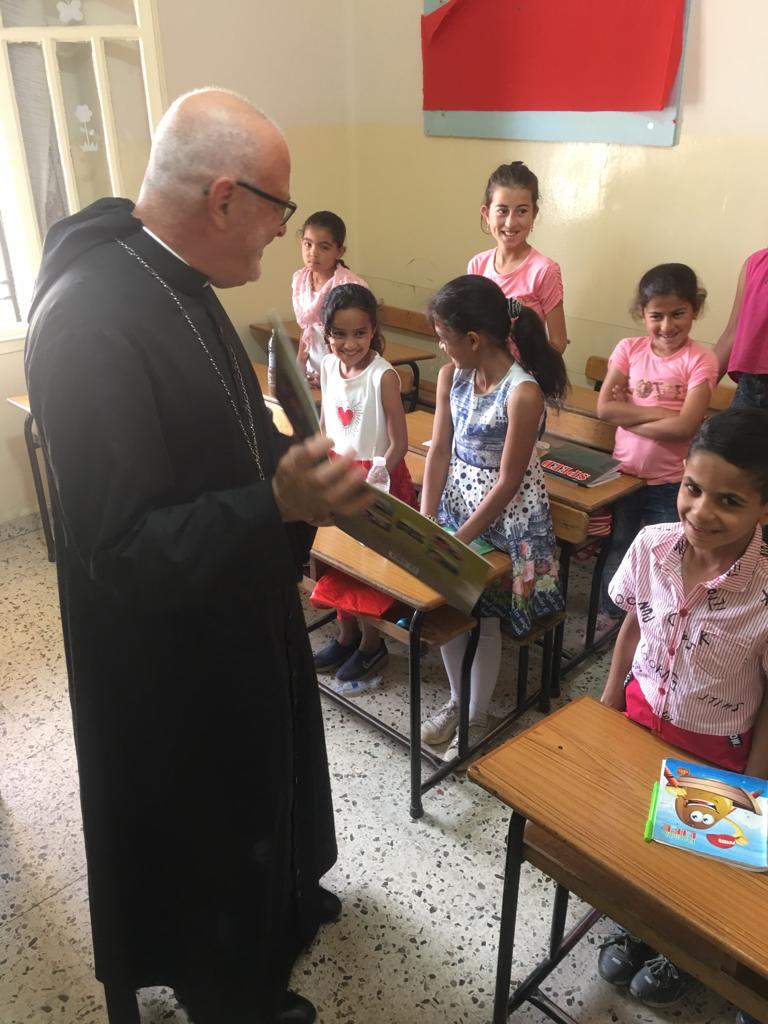
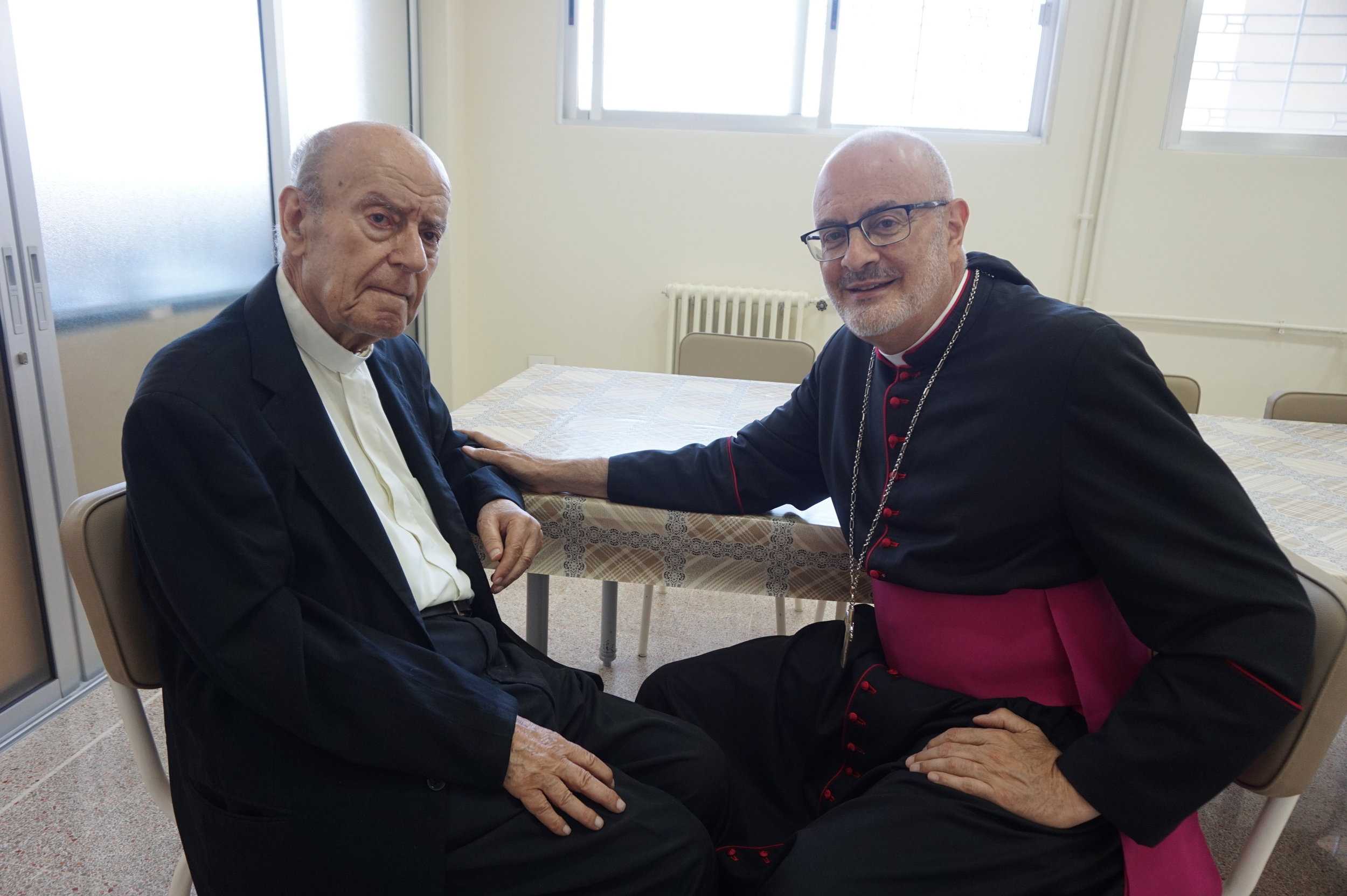
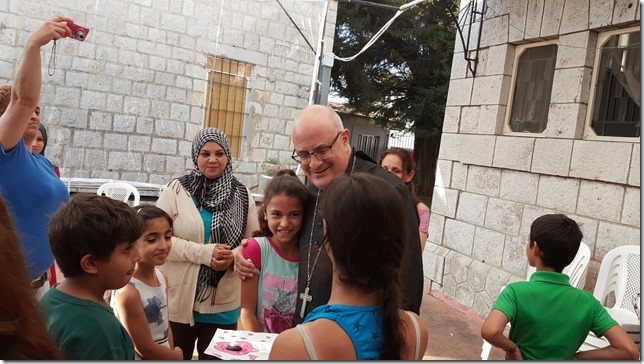
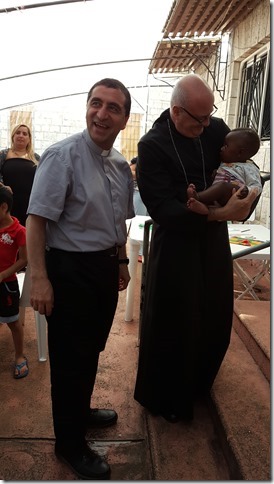
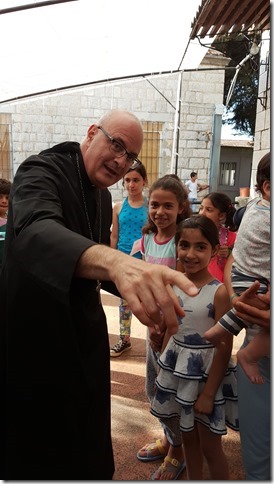
Pictures from Bishop Mansour recent visit to Lebanon with Monsignor Sami Hayek and the sisters of the Blessed Sacrament in Beit Habbak.
